Saturday, November 11, 2023
11 Nov DEFINING A NEW ASIA
Posted at 19:05hin
Uncategorized by DMG Global 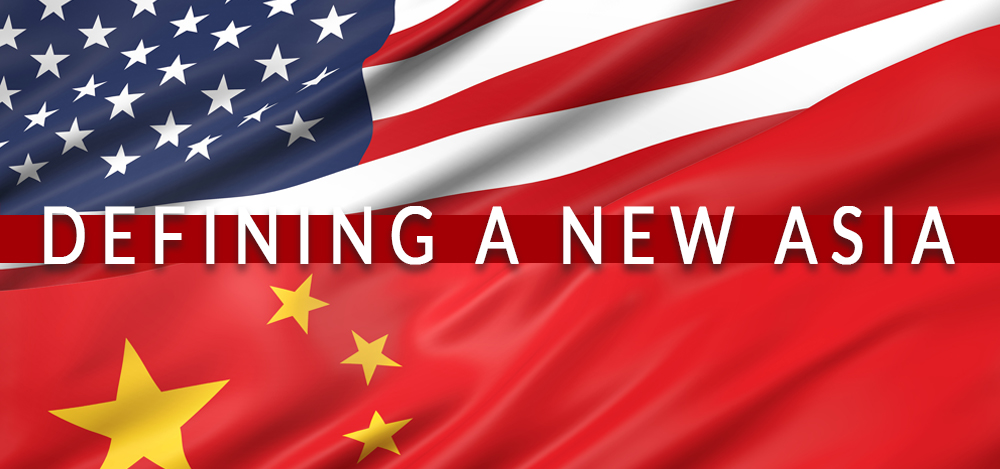
US President Joe Biden and Chinese President Xi Jingping will meet in a high-stakes bilateral summit on the sidelines of the Asia-Pacific Economic Cooperation (APEC) meeting in San Francisco beginning November 15th. The topic: The most important bilateral relationship on the planet in an unprecedented time of crisis, uncertainty, and volatility—and the need for both superpowers, and ASEAN, to step up, find “Win-Wins,” and define a more peaceful, stable, and comparatively advantageous New Asia.
Look for three signposts as leaders from the world’s two largest economies meet. First, the APEC bilateral summit stakes are higher than high—and both Biden and Xi are seriously motivated to find success. The 21-member APEC itself represents an important platform and forum covering 38 percent of the world’s population, almost 3 billion people, 62 percent of GDP, and nearly half of all global trade. And as for the bilateral summit itself, even White House press secretary Karine Jean-Pierre concedes: “Intense competition means intense diplomacy.”
In times like these, the world needs intense diplomacy. Unpredictable geopolitics, global economic pressures, supply chain uncertainties, the erupting Middle East war, Russia’s brutal invasion of Ukraine, the constitutionally historic 2024 US presidential election, and persistent superpower tensions all make this an imperative. This is why APEC, along with ASEAN, must play an increasingly important role in assuming new responsibilities, navigating new challenges, and seizing new opportunities.
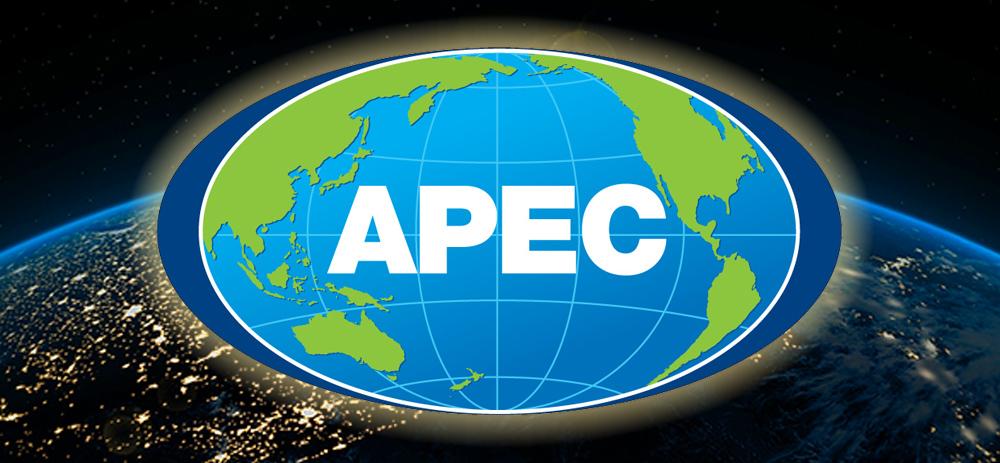
Today, global and Asian geopolitics are shifting quickly. The August US-Japan-South Korea Camp David summit and the newly created tripartite alliance are important elements—communicating shared interests, commitment to peace and stability in the Taiwan Strait—and establishing a leaders-level hotline, annual military exercises, and shared intelligence.
Similarly, the August BRICS—including Brazil, Russia, India, China, and South Africa—meeting in Johannesburg and the organization’s move to expand and include Argentina, Egypt, Ethiopia, Iran, Saudi Arabia, and UAE show how quickly Asian and ASEAN dynamics are in motion.
Moving toward the bilateral summit, there is an opportunity to build on the momentum of recent US visits to China by US officials including Secretary Blinken, Secretary Yellen, Special Envoy Kerry, Secretary Raimondo, CIA Director Burns, and National Security Adviser Sullivan. These visits have paved the way in San Francisco to promote downside stability and foster backchannel discussions on overlapping interests—for example, look for a joint superpower announcement resuming military-to-military communications.
In September, Secretary Raimondo’s positive Beijing visit followed President Biden’s executive order blocking and regulating US-China high-tech investments for advance computer chips, micro-electronics, quantum information technology, and AI. Nevertheless, Raimondo’s meetings added important and welcomed balance to the superpower relationship—as does, for example, the US Commerce Department’s recent removal of 27 Chinese entities from the unverified list.
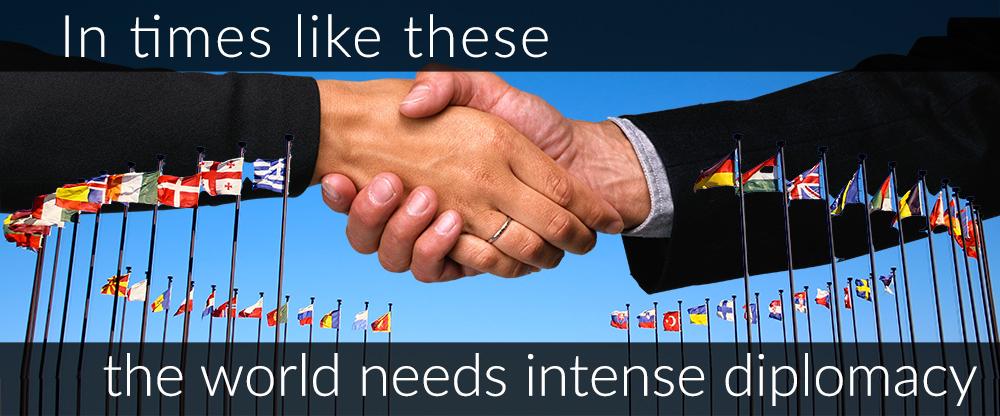
Look now for Secretary Yellen to build on her recent Asia Society speech and hold two days of talks with her Chinese counterpart, Vice Premier He Lifeng—focusing on improving superpower communications and the bilateral economic relationship. In this, the Biden Administration will underpin its Indo-Pacific approach by focusing on “economic ties” and diversifying US supply chains with partners and allies—call it “friendshoring.” And the Administration will work to anchor the US-China relationship on pragmatism—seeking to focus more on growth and trade and less on bilateral conflicts.
The job is to turnaround and stabilize a US-China relationship that has been battered in recent years by a trade war that began during the Trump administration, and a diplomatic and communications shut-down following the China spy balloon incident earlier this year. And this job is more complicated given the US need to bolster aid to Israel and continually impose sanctions on Russia.
Last month, President Xi met in Beijing with President Putin to discuss deepening their relationship and, back in March, President Xi held a phone call with Ukrainian President Zelenskyy—their first discussion since the war began. As a result, the issues on the table at the APEC bilateral summit are intertwined and interdependent—and so this is the forum to deliver bold steps toward greater peace and stability in Asia and globally.
As President Biden pledged in May at the end of the G-7 summit in Japan: “We’re not looking to decouple from China, we’re looking to de-risk and diversify our relationship with China.” And the APEC bilateral summit is a chance to continue momentum toward this goal.
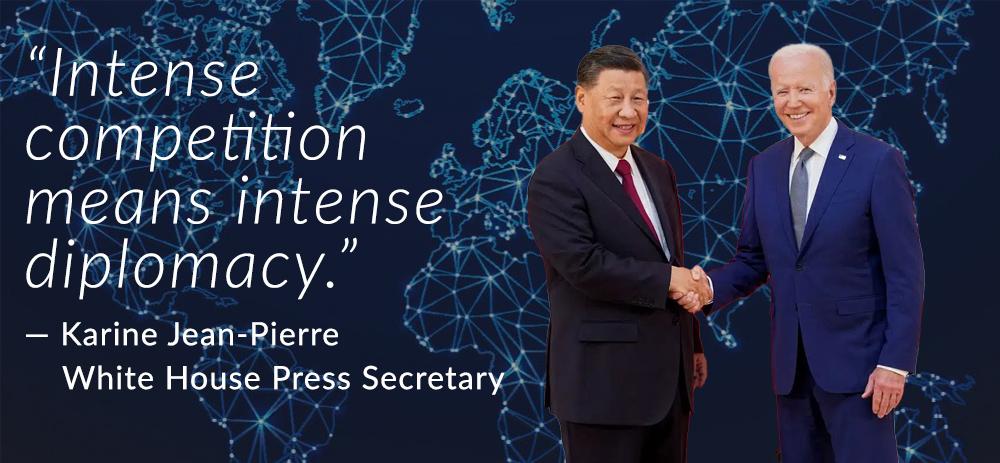
Second, ASEAN, as an alliance, should be a key element in following-up the superpower bilateral summit meeting. Today, overall, what is especially needed is a more durable strategic balance between the US, China, and particularly encouraged by ASEAN—including its ten member states of Brunei, Cambodia, Indonesia, Laos, Malaysia, Myanmar, the Philippines, Singapore, Thailand, and Vietnam, with a combined population of 662 million people. Moreover, a key part of this involves the QUAD including the US, South Korea, Japan, and Australia, AUKUS including Australia, the US, and the United Kingdom, and BRICS. But, within and among these geopolitical weights and counterweights, it is ASEAN that holds many lessons for Asia’s and the world’s strategic balance going forward.
Over the last decades, ASEAN’s strategies and tactics have worked and worked well in helping maintain balance, stability, and peace between the US and China. In this, ASEAN has walked a strategic tightrope and maintained good relations with both Beijing and Washington—while encouraging the superpowers to help the alliance grow, prosper, and create greater and future stability.
Within ASEAN, Asia is now enjoying its fifth decade of relative peace while also achieving remarkable economic and social gain. For example, ASEAN’s ten countries with a combined GDP of $3.2 trillion have actually contributed more to global economic growth than the European Union, despite its members’ far larger GDP.
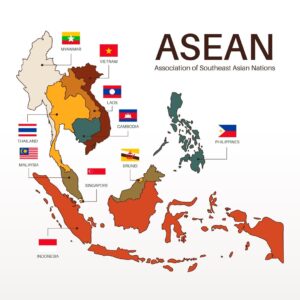 To be sure, ASEAN is imperfect and mixes countries of differing political systems and priorities. Its leaders have worked hard to respect and synergize across ten member states that include democracies, autocracies, communist regimes, and one absolute monarchy. But a pragmatic synergy has allowed ASEAN to punch far above its economic weight—and act as a bellwether for the global south, where the vast majority of the world’s population now lives. This has entailed a “positive sum” approach that has outperformed against a more limited zero-sum equation between both superpowers.
To be sure, ASEAN is imperfect and mixes countries of differing political systems and priorities. Its leaders have worked hard to respect and synergize across ten member states that include democracies, autocracies, communist regimes, and one absolute monarchy. But a pragmatic synergy has allowed ASEAN to punch far above its economic weight—and act as a bellwether for the global south, where the vast majority of the world’s population now lives. This has entailed a “positive sum” approach that has outperformed against a more limited zero-sum equation between both superpowers.
Look for this ASEAN success to continue and expand given The Regional Comprehensive Economic Partnership—involving Australia, China, Japan, New Zealand, South Korea, and the members of ASEAN—formed in early 2022. And this almost certainly means new and even exponential growth here and within ASEAN over the next decade.
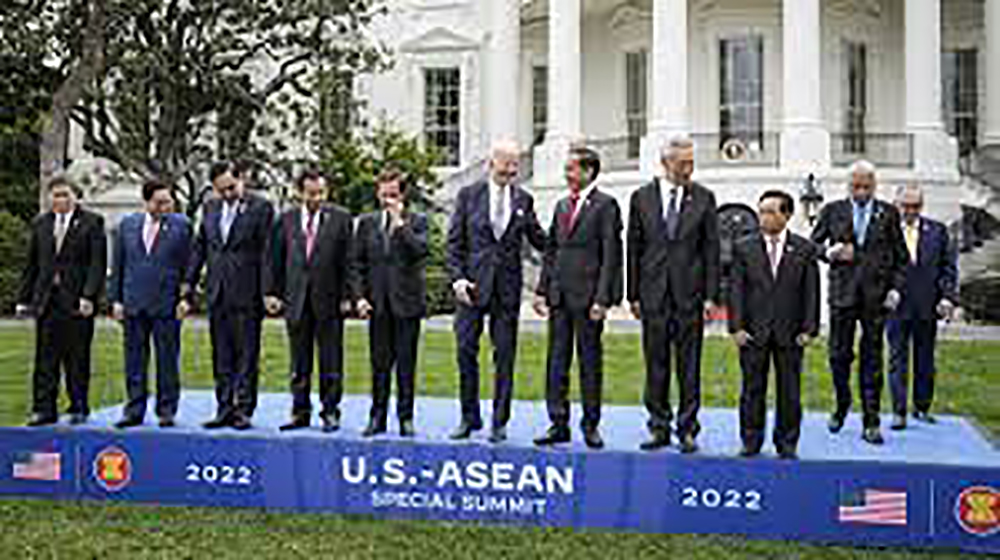
At the core of this ASEAN strategic balance is strong and respectful economic relations with China along with equally close ties to the US. In recent years, this closeness with the US has expanded under the Biden Administration’s hosting of the ASEAN summit at the White House in May of 2022, and its launch of the Indo-Pacific Economic Framework—designed to deepen US engagement in the region. Note that seven of ASEAN’s members have signed on to this framework along with Australia, Fiji, India, Japan, New Zealand, and South Korea. And note, too, that China’s relatively successful Belt and Road Initiative means the US will likely need to do more to put forth economic incentives into the region.
In coming years, ASEAN’s real test may well be military. Geographic realities mean ASEAN members will likely have more challenges navigating China relations in the South China Sea than does the US. And these challenges will center on avoiding misperceptions and miscalculations harkening back to Barbara Tuchman’s classic treatise, The Guns of August, and the accidental outbreak of World War I—a book President John Kennedy once wished he could provide every naval officer and sailor involved in the Cuban missile crisis of 1963.
Following the APEC bilateral summit, then, the US should lead and empower ASEAN to help assume the right strategic balance and synergize with other Asian nations to create more and more “Win-Win” dynamics across the region and globally. For ASEAN, this means putting to work the ASEAN nation’s respective strengths and successes and taking an increasingly important leadership role across Asia and in pursuit of economic growth and global stability.
At bottom, this means keeping an eye out for opportunities to transcend zero-sum politics and choices and create “positive sum” “Win-Wins.” This means avoiding, wherever possible, an overly simplified black-and-white choice between Beijing and Washington. And this is especially important as the superpowers find new footing across bilateral stability—and as America moves next year beyond what promises to be an historically contentious election.
All this calls for ASEAN and the US to find greater areas of economic development and cooperation, as opposed to just military support. And, wherever possible, this calls for avoiding judgements and provocative gestures as the world faces perhaps its most unpredictable and volatile eighteen months in recent history.
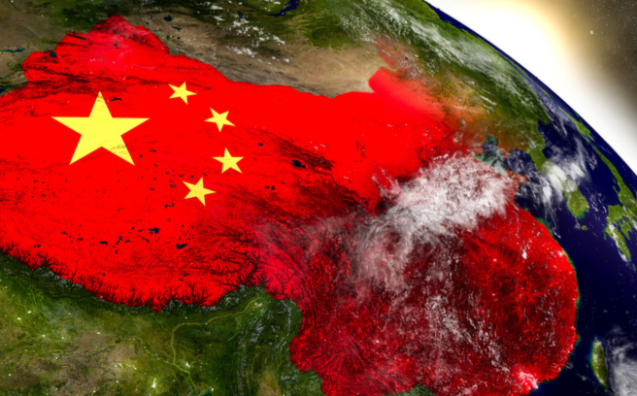
Third, most importantly for the US and ASEAN, the job is to define a New Asia: This is necessarily an Asia focused more on our common and existential challenges than our individual and governing differences: An Asia rising up together against climate change, international poverty, global terrorism, and the next worldwide pandemic and the one after that.
Take climate change. The paradox of today’s China in terms of renewable and green energy and sustainability is this: On the one hand, China is the world’s leading emitter of greenhouse gases and uses the most coal of any nation. But, on the other hand, China’s investments in green technology and its world-leading role in production and consumption of renewable energy—including manufacturing more solar panels, wind turbines, and electric car batteries than any other nation—mean there is no feasible way to fight climate change but for China to be co-leading a journey toward solutions.
Bottom line: The only way to fight climate change is for China to be seriously involved alongside the US and ASEAN and other global economic partners.
Going forward, this new Asia will likely ask the superpowers and ASEAN to adopt a less binary view of a changing world. Such a view will likely be less about good vs. evil, or democracy vs. autocracy—and more about trans-Asian and global cooperation against rising global threats and increasingly driving toward more and more “Win-Wins.” This will necessarily be a new Asia managing a pragmatic balance to create lasting peace, stability, and prosperity . . . . Leading toward a vision where everybody wins.
Last year, nearing age 100, former US Secretary of State Henry Kissinger published one of his most important books, Leadership: Six Studies in World Strategy. In it, Kissinger chronicles six leaders constantly seeking to redefine the battlefields on which history asked them to fight. And Kissinger highlights one—just one—leadership quality by which each leader made the historical difference of their age: Konrad Adenauer (Humility), Charles de Gaulle (Will), Richard Nixon (Equilibrium), Anwar Sadat (Transcendence), Lee Kuan Yew (Excellence), and Margaret Thatcher (Conviction).
Today’s leaders face a shifting Asia and an increasingly dangerous world. For them, it is likely the one global leadership quality that will make the historical difference of our age will be creating “Win-Wins” that can truly change the world.
 David Morey is Chairman and CEO of DMG Global, a best-selling author, former special consultant to the US Department of Homeland Security—and has advised 22 winning global presidential campaigns and led and served on a number of task forces in and out of government.
David Morey is Chairman and CEO of DMG Global, a best-selling author, former special consultant to the US Department of Homeland Security—and has advised 22 winning global presidential campaigns and led and served on a number of task forces in and out of government.
For more information go to: www.playoffense.com